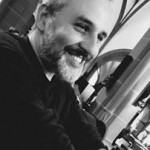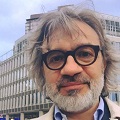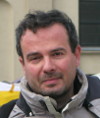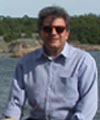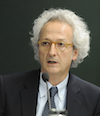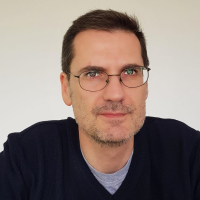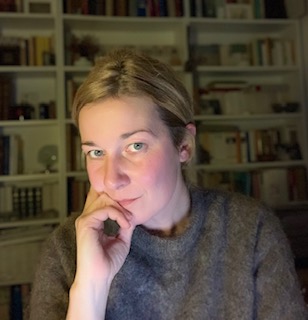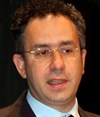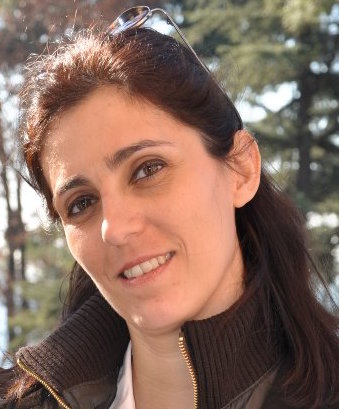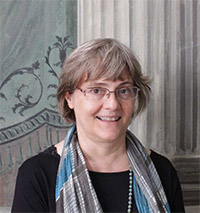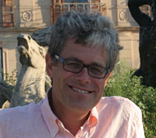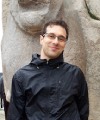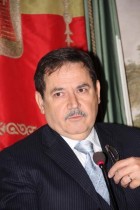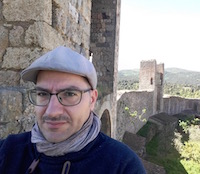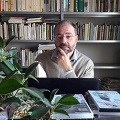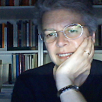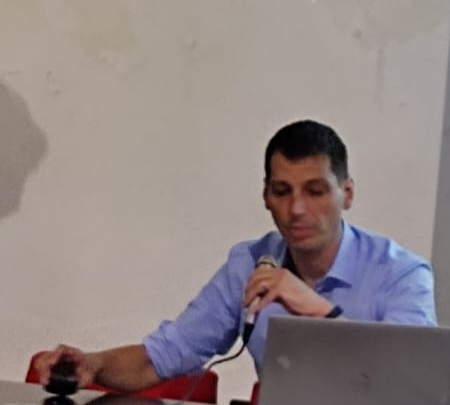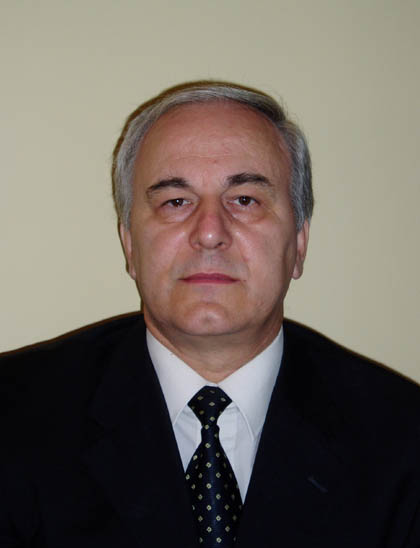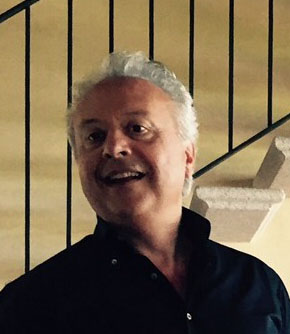Studying at the University of Verona
Here you can find information on the organisational aspects of the Programme, lecture timetables, learning activities and useful contact details for your time at the University, from enrolment to graduation.
Academic calendar
The academic calendar shows the deadlines and scheduled events that are relevant to students, teaching and technical-administrative staff of the University. Public holidays and University closures are also indicated. The academic year normally begins on 1 October each year and ends on 30 September of the following year.
Course calendar
The Academic Calendar sets out the degree programme lecture and exam timetables, as well as the relevant university closure dates..
| Period | From | To |
|---|---|---|
| semestrino IA | Sep 29, 2014 | Nov 15, 2014 |
| Semestrino IB | Nov 17, 2014 | Jan 17, 2015 |
| Semestrino IIA | Feb 23, 2015 | Apr 18, 2015 |
| Semestrino IIB | Apr 20, 2015 | Jun 6, 2015 |
| Session | From | To |
|---|---|---|
| Sessione invernale | Jan 19, 2015 | Feb 21, 2015 |
| Sessione estiva | Jun 8, 2015 | Jul 31, 2015 |
| Sessione autunnale | Aug 31, 2015 | Sep 26, 2015 |
| Session | From | To |
|---|---|---|
| Sessione estiva | Jul 7, 2015 | Jul 8, 2015 |
| Sessione autunnale - I appello | Oct 27, 2015 | Oct 28, 2015 |
| Sessione autunnale - II appello | Dec 15, 2015 | Dec 16, 2015 |
| Sessione invernale straordinaria | Mar 15, 2016 | Mar 16, 2016 |
| Period | From | To |
|---|---|---|
| Festa di Ognissanti | Nov 1, 2014 | Nov 1, 2014 |
| Festa dell'Immacolata Concezione | Dec 8, 2014 | Dec 8, 2014 |
| VACANZE DI NATALE | Dec 22, 2014 | Jan 6, 2015 |
| Vacanze di Pasqua | Apr 2, 2015 | Apr 7, 2015 |
| Festa della Liberazione | Apr 25, 2015 | Apr 25, 2015 |
| Festa dei Lavoratori | May 1, 2015 | May 1, 2015 |
| Festa del S. Patrono S. Zeno | May 21, 2015 | May 21, 2015 |
| Festa della Repubblica | Jun 2, 2015 | Jun 2, 2015 |
| Vacanze Estive | Aug 10, 2015 | Aug 16, 2015 |
Exam calendar
Exam dates and rounds are managed by the relevant Culture and Civilisation Teaching and Student Services Unit.
To view all the exam sessions available, please use the Exam dashboard on ESSE3.
If you forgot your login details or have problems logging in, please contact the relevant IT HelpDesk, or check the login details recovery web page.
Should you have any doubts or questions, please check the Enrollment FAQs
Academic staff
 bernard.aikema@univr.it (per tutti), aikemaforstudents@gmail.com (per studenti)
bernard.aikema@univr.it (per tutti), aikemaforstudents@gmail.com (per studenti)
 +39 045802 8197
+39 045802 8197
Amato Gianfranco
 gianfranco.amato@univr.it
gianfranco.amato@univr.it
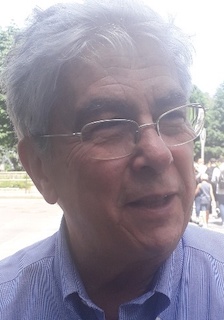
Avezzu' Guido
 guido.avezzu@univr.it
guido.avezzu@univr.it

Bassetti Massimiliano
 massimiliano.bassetti@univr.it
massimiliano.bassetti@univr.it
 045802 8376
045802 8376
 maurizio.boscaini@univr.it
maurizio.boscaini@univr.it
 giorgio.franck@univr.it
giorgio.franck@univr.it
 vincenzo.giannotti@univr.it
vincenzo.giannotti@univr.it
 luca.leone@univr.it
luca.leone@univr.it
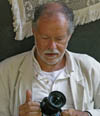
Mastrocinque Attilio
 attilio.mastrocinque@univr.it
attilio.mastrocinque@univr.it
 +39 045802 8386
+39 045802 8386
 marco.menato@univr.it
marco.menato@univr.it
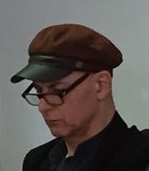
Pasini Roberto
 pasini.roberto@univr.it
pasini.roberto@univr.it
 +39 045802 8121
+39 045802 8121
Peresani Marco
 alberto.scandola@univr.it
alberto.scandola@univr.it
 daniela.zumiani@univr.it
daniela.zumiani@univr.it
Study Plan
The Study Plan includes all modules, teaching and learning activities that each student will need to undertake during their time at the University.
Please select your Study Plan based on your enrollment year.
1° Year
| Modules | Credits | TAF | SSD |
|---|
2° Year activated in the A.Y. 2015/2016
| Modules | Credits | TAF | SSD |
|---|
3° Year activated in the A.Y. 2016/2017
| Modules | Credits | TAF | SSD |
|---|
| Modules | Credits | TAF | SSD |
|---|
| Modules | Credits | TAF | SSD |
|---|
| Modules | Credits | TAF | SSD |
|---|
| Modules | Credits | TAF | SSD |
|---|
Legend | Type of training activity (TTA)
TAF (Type of Educational Activity) All courses and activities are classified into different types of educational activities, indicated by a letter.
History of Modern Art (i+p) (2015/2016)
Teaching code
4S02161
Credits
12
Coordinator
Language
Italian
Also offered in courses:
- History of Modern Art (i) of the course Bachelor’s degree in Humanities
- History of Modern Art (p) of the course Bachelor’s degree in Humanities
- History of Modern Art (i+p) - I MODULO PARTE (I) of the course Bachelor’s degree in Humanities
- History of Modern Art (i+p) - II MODULO PARTE (P) of the course Bachelor’s degree in Humanities
The teaching is organized as follows:
Learning outcomes
Module: I MODULO PARTE (I)
-------
General knowledge of the principal phenomena in Modern Art, a theoretical and concrete approach to the reading of the works of art.
Module: II MODULO PARTE (P)
-------
through the analysis of the works of El Greco, the course aims to highlight the complexity of the reconstruction of the stages of formation of one of the most singular European painter in Modern Art.
Program
Module: I MODULO PARTE (I)
-------
Course Content: the course provides an overview of the major artistic developments in the Italian region between the beginning of the fifteenth century (Renaissance) and the end of the eighteenth (Neoclassicism). Certainly, it is impossible a complete analysis of the many aspects included in this time frame, but some readings specimens will be proposed, with general openings connected to the taste and to the collecting and cultural contexts, also in perspective of a methodological reflection.
Bibliography: V. Terraroli, Arte, Skira-Bompiani, 2012: vol. 3 (Il Rinascimento dall’Umanesimo fiorentino al Manierismo europeo) pp. 1-393; vol. 4 (L’Europa moderna dal Barocco all’Impressionismo), pp. 1-219. G. Sciolla, Studiare l’arte. Appunti sul metodo storico-artistico, Utet, 2001. A. Pinelli, La storia dell’arte. Istruzioni per l’uso, Laterza, 2011. It expressly requires the visual knowledge of all the images in the texts, which will be subject to examination.
Teaching methods: Slides during lectures and possibly museum visits. Material posted on e-learning.
Module: II MODULO PARTE (P)
-------
Course Content: The Lost youth of El Greco.
Bibliography: Enrico Maria Dal Pozzolo, La giovinezza perduta di El Greco: breve storia di una ricerca labirintica, 2015, edizioni QuiEdit (Via San Francesco 5, Verona). El Greco. Identità e trasformazione. Creta. Italia. Spagna. Catalogue of the exhibition (Madrid-Roma-Atene, 1999-2000), edited by J. Alvarez Lopera, Milano, Skira, 1999, pp. 23-51, 83-90, 95-112, 179-198: J. Alvarez Lopera, La costuzione di un pittore. Un secolo di ricerche e interpretazioni su El Greco; M. Constantoudaki-Kitromilides, La pittura a Creta nei secoli XV e XVI. Il lungo cammino verso Domenikos Theotocopoulos e la sua produzione giovanile; L. Puppi, El Greco in Italia e l’arte italiana; F Marias, Il pensiero artistico del Greco: dagli occhi dell’anima agli occhi della ragione. At the copy shop Centro Copie in Via San Francesco 16 is available a selection materials taken from the book. (III) The images of the works are posted on E-Learning.
Teaching methods: Slides during lectures and possibly museum visits. Material posted on e-learning.
Examination Methods
Module: I MODULO PARTE (I)
-------
A written test is divided into three parts. The first part consists of recognition of twenty images (a) from the manual and the text of Pinelli: each image is projected to the time of a minute and one has to indicate the author, the theme depicted, the date (or the period, if the date is not certain) the execution and even the location. The second part (b) consists of a question on a specific theme (i.e., work, artist,artistic school, phenomenon etc.) The time allowed is one hour. Eventually, it will follow a question (c) relating to the books of Pinelli and Sciolla to be answered in half an hour.
In order to havea positive mark (18 or above), one has to recognize at least ten out of twenty images, and the answers to the questions (b) and (c) has to be considered sufficiently accurate.
Module: II MODULO PARTE (P)
-------
A written test is divided into three parts. The first part consists of recognition of twenty images (a) from the images of the works are posted on E-Learning: each image is projected to the time of a minute and one has to indicate the author, the theme depicted, the date (or the period, if the date is not certain) the execution and even the location. The second part (b) consists of a question on a specific theme (i.e., work, artist,artistic school, phenomenon etc.) The time allowed is one hour. Eventually, it will follow a question (c) relating to the books to be answered in half an hour.
In order to havea positive mark (18 or above), one has to recognize at least ten out of twenty images, and the answers to the questions (b) and (c) has to be considered sufficiently accurate.
Type D and Type F activities
Modules not yet included
Career prospects
Module/Programme news
News for students
There you will find information, resources and services useful during your time at the University (Student’s exam record, your study plan on ESSE3, Distance Learning courses, university email account, office forms, administrative procedures, etc.). You can log into MyUnivr with your GIA login details: only in this way will you be able to receive notification of all the notices from your teachers and your secretariat via email and soon also via the Univr app.
Graduation
List of theses and work experience proposals
| theses proposals | Research area |
|---|---|
| Ambiti di tesi | Art & Architecture - Art & Architecture |
| Stage | Research area |
|---|---|
| Lavorare in archivio | Various topics |


